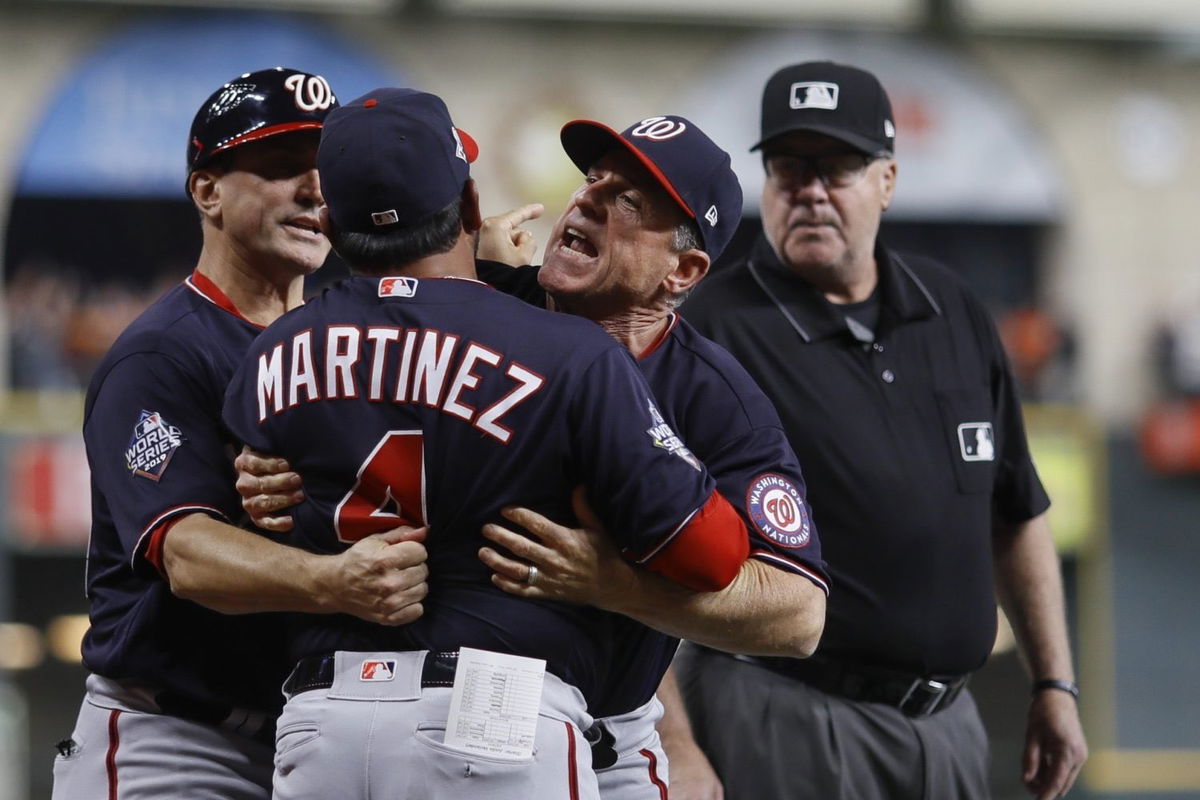

When a franchise parts ways with a superstar, the aftermath is rarely quiet. There are promises of long-term vision, reassurance about the return package, and constant reminders that greatness takes time. For the Nationals, that narrative was pushed hard — a fresh era, centered around youth, patience, and development. It wasn’t just about replacing Juan Soto. It was about convincing fans that what came next could eventually be better.
Watch What’s Trending Now!
But belief only stretches so far when progress stalls. As expectations climb and reality lags, frustration naturally creeps in. Recently, Ken Rosenthal delivered a pointed message that cut through the noise, casting doubt not only on player development but the direction of the entire rebuild. It wasn’t just a critique; it was a warning. And it hit when the Nationals needed answers more than optimism.
Since their 2019 title run, the Nationals have racked up the third-most losses in baseball, one behind the Pirates and 14 behind the Rockies. At 24–29 this season, they’re flirting with avoiding a fifth straight 90-loss campaign, but optimism ends there. The core returned for Juan Soto, MacKenzie Gore, CJ Abrams, James Wood, and Dylan Crews could soon be on the clock.
ADVERTISEMENT
The numbers highlight a background that optimism can not rewrite. James Wood is hitting just .229 with a .689 OPS in Triple-A as of this month. That is not exactly what the fans want from their crown jewel. After that, there is the current statement from Rosenthal that really stirred the pot: “You can not trade Juan Soto and not develop James Wood — and still say you know what you are doing.” This was a fastball to the ribs, not just because of its bluntness, however, because it echoed what others have been thinking.
Gore, now leading MLB in strikeouts, has just over two years of service time remaining. Abrams, posting 1.9 bWAR this year, is three-plus years from free agency but has already experienced a contentious demotion in late 2024. The Nationals haven’t proven capable of locking down elite young talent for long periods, and that trend doesn’t seem likely to change.
Rosenthal did not stop there. He highlighted that while James Wood remains highly regarded, his current trajectory is not providing anyone with much confidence. It is not just related to numbers, it is related to availability, progress, and polish. Now, all three look to be missing in action. That is specifically troubling when the team has tried to sell James Wood as the long-term face of the team. If this is the star you are building around, would he not be closer to being ready than this?
ADVERTISEMENT
The harsh reality is backed by their financial retreat: Washington posted a top-10 payroll in seven of eight seasons between 2014 and 2021. But over the last three seasons, they’ve plummeted into the bottom 10. Even Keibert Ruiz, the only current player signed beyond 2025, is underperforming. The Nats’ unwillingness to spend and failure to develop internally is a double blow that could unravel their rebuild before it fully takes off, especially if Boras clients like Gore and Wood hit the open market.
Adding to the weight of the situation is the team’s history of handling young stars. From Bryce Harper to Anthony Rendon to Trea Turner, the list of stars who have either walked or been traded without long-term deals is growing. We cannot forget that Juan Soto himself was one of them. So if the approach was to move a generational hitter for a future star, you better get that future right.
ADVERTISEMENT
Favorable west coast road swing provides the Nationals a timely enhancement in wild card push
While internal enhancement questions swirl around top prospects, the big-league team is aimed at surviving the grind, and right now, the team could not have asked for better timing. Their current road trip lands them in Seattle for a series that looks very winnable, specifically when you break down the matchups. The Mariners‘ rotation, which is a powerful part of the team, is wobbling this season because of injuries. With Logan Gilbert, Bryce Miller, and George Kirby all going through health issues, Seattle ranks a disappointing 18th in ERA and 20th in WHIP. That is not exactly the shutdown unit the A’s were bracing for.
Momentum matters, and the team walks into T-Mobile Park with the scope of favorable pitching pairings. In the opener, Mitchell Parker squares off with Logan Evans, who is good but not overpowering. With a 3.33 ERA and a 1.44 WHIP, Evans has highlighted vulnerability deep in outings, and the Nationals know they will have scopes. Next up is Trevor Williams vs. George Kirby, who is just getting his feet back under him after missing vital time with shoulder issues. Williams could not be a household name, however, he has got the matchup edge this time around.
ADVERTISEMENT
What truly tilts the series in the team’s favor, though, is the final game. Nationals lefty MacKenzie Gore will duel Emerson Hancock, a once-hyped Seattle star still going through issues to identify his footing. Hancock’s 5.95 ERA and 1.65 WHIP highlight the image of a pitcher who has not turned the corner, and the Nationals, despite being middle-of-the-pack in OBP, are established to capitalize when mistakes are made.
Top Stories
Blue Jays Retaliate Back on Japanese Babe Ruth Plan After Yankees & Brian Cashman Try to Sabotage Offseason Plan
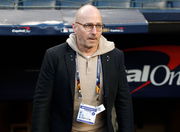
Blue Jays’ Hidden Motive Behind $37M Ex-Mets Heist Surfaces as Trey Yesavage Receives Major Boost
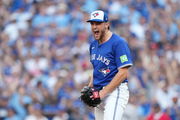
Blue Jays to Show Exit Door to 3 Playoff Stars as Ross Atkins Plans Major Changes: MLB Winter Meeting Rumors
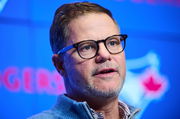
Yankees’ Anthony Volpe Backup Plan Hits Roadblock as Rangers’ Call Grows Uncertain Despite Buzz, per Insider

Blue Jays’ Kyle Tucker–Bo Bichette Push Turns Toronto’s Mockery Into AL East Nightmare as Yankees Face New Threat

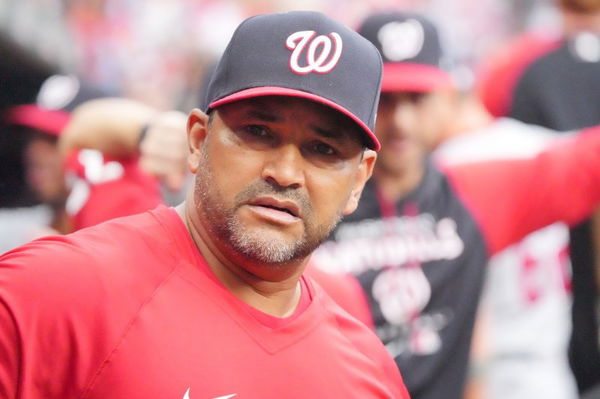
ADVERTISEMENT
This series does not just provide a scope to grab wins, it is an opportunity to prove this team is more than just a long-term rebuild. With the Wild Card race still wide open, the Nationals’ timing could not be better.
`
ADVERTISEMENT
ADVERTISEMENT
ADVERTISEMENT
ADVERTISEMENT

